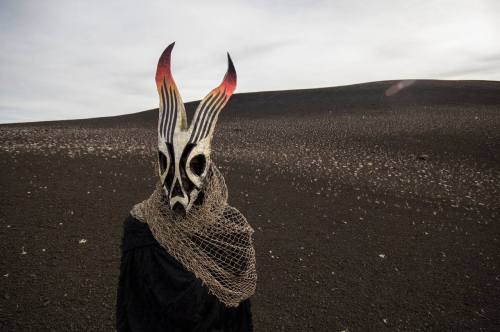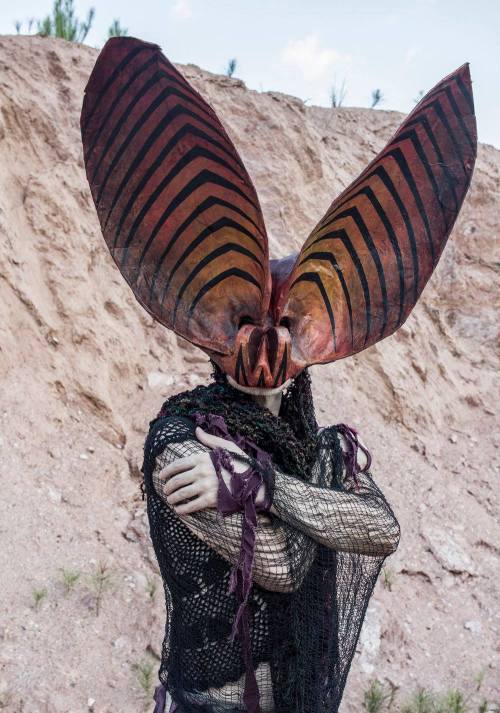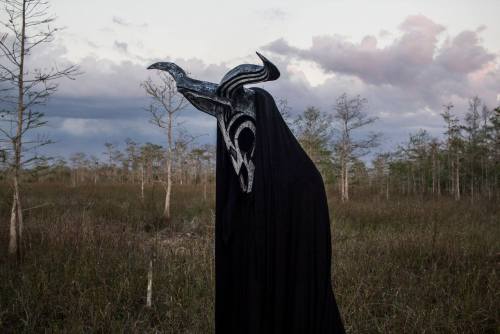Reminder Again Since The Eshop Is Closed, You Can Still Mod Any 3ds You Have And Its Easy To Do
Reminder again since the eshop is closed, you can still mod any 3ds you have and its easy to do

More Posts from Thejunkdrawers and Others
Hanfu in Components: Structure Conventions (pt2)
navigation: hanfu in components 1 2 3.1 3.2 ...
Thanks for the love on the last post, I’ve been motivated to continue writing LOL Anyway: Construction/sewing pattern/structure is very important to hanfu!
There are a few important structure conventions when it comes to hanfu—almost all traditional-cut hanfu follow these rules; you could call them the defining characteristics of hanfu. There are exceptions to every rule of course (I will go over some caveats at the end of this post), but generally if a hanfu design ignores these rules we might consider it to be ‘incorrect.'
(There will be a longer follow-up pt. 3 post to this explaining the anatomy of a hanfu top/robe, where there will be more detailed in-context illustrations and descriptions. I just figured I should list these ‘rules’ somewhere separately.)
中縫/中缝/zhong1 feng4/Center Seam


Take a look at your shirts. Is there a shoulder seam between the front of the shirt and the back of the shirt? Western clothing tends to consist of a front piece + back piece sewn together to create a space for your body to sit in:

Hanfu doesn’t work like that. Traditionally, the garment isn’t separated into a front piece and back piece: it’s separated into a right piece and left piece, which are joined together at the vertical center seam. Why? Traditional fabric has a narrower width than the standard ~145cm that we have today, so a long, narrow piece is less wasteful to cut out from a bolt of silk than a wide one.

Therefore there is always a center seam, one running vertically down the front and one down the back. 中 = center, 縫 = seam, so 中縫 means center seam. There’ll be a front center seam (前中縫) and a back center seam (後中縫).


不破肩/不破肩/bu2 po4 jian1/No Broken Shoulder
Kind of an addendum onto the previous point? Additionally since the body pieces are separated into left/right rather front/back, there’s no seam at the top of the shoulder here. The fabric is simply draped over the arm/shoulder to hang down, covering the torso on both sides.*


*Caveat: Some modified hanfu that vendors sell today will have a shoulder seam, especially thicker winter garments or short-sleeved garments. This is a design choice made to prevent the fabric from looking too stiff, known as 破肩/破肩/po4 jian1,literally “broken shoulder.” It can look great, lots of hanfu makers do it! But just to be clear, that is a MODIFICATION.
接袖/接袖/jie1 xiu4/Sleeve Connection


Western clothing patterns tend to have something where the fabric of the sleeve gets connected to the fabric of the garment’s body at the shoulder/armpit, often with a concave arm hole shape to help with the contours of the garment when it’s worn.

Hanfu sleeves, on the other hand, are never connected at the armpit—they are connected halfway down the arm. In other words, the piece of fabric that forms the body extends to also cover the upper arm part of the sleeve. The actual sleeve piece is connected to the body at the bicep/elbow area via a flat seam. (In the case of half- or no- sleeve garments there might just not be a separate sleeve piece.)


右衽/右衽/you4 ren4/"Right Over Left" Rule


Applies to cross-collar, some varieties of round collar, and some varieties of standing collar tops. In the case that the front of the garment crosses over itself, the flap coming from the wearer’s left goes OVER the flap coming from the wearer’s right. Easiest way to make sense of this is, if you’re looking at someone wearing a cross-collar hanfu top, the cross will look like a lowercase y.


Caveats
NO RULE EXISTS WITHOUT EXCEPTION!!! These rules exist because a majority of hanfu follow them and they are a standard that people agree on right now. However, there are ALWAYS cases—historically or otherwise—where these rules may be broken. For example, there are several Ming Dynasty cross collar robes that happen to be left over right, and the location of the sleeve seam can differ based on what garment you're looking at.
Also, many modern hanfu manufacturers will deliberately choose to break these 'rules' in favor of aesthetics. This is a purposeful design choice—not one that's done out of ignorance or disrespect. It's easy for common modifications to get mistaken for 'historically accurate.' To be clear, it is 100% okay and super common for modifications to exist! Just don't go around claiming that it was historically that way.
My advice is that if you're starting out with hanfu, try to stick to these rules in the back of your head as closely as possible. Once you've built your foundational knowledge, then you can start exploring the exceptions to the rules. These rules may not be foolproof, but they are a useful tool to help you understand the commonalities and trends within hanfu without overwhelming you.
Last note: it is generally more of a taboo for seams that should exist to not exist in a piece of clothing (i.e. no center back seam) than for extra seams to exist. If you go look in museums for the artifacts that hanfu is based off of, you'll notice that a lot of them—especially the ones from earlier dynasties—are a chaotic patchwork of a bunch of random piece of fabric sewn together to create the garment. Fabric is expensive, people don't want to waste it! So it's not all that weird to have seams in random places.
Happy 除夕 everyone! 有蛇有得 :>
navigation: hanfu in components 1 2 3.1 3.2 ...
catopumas are so interesting 2 me bc theres only two species so far in the genus, and its either
a very gentle looking asian golden cat


very kind looking, round. 10/10
and then the other in the genus is


the bay cat, or as i like to call them - the weasel cat. long, kinda weird looking, but still 10/10 despite the weaselness.


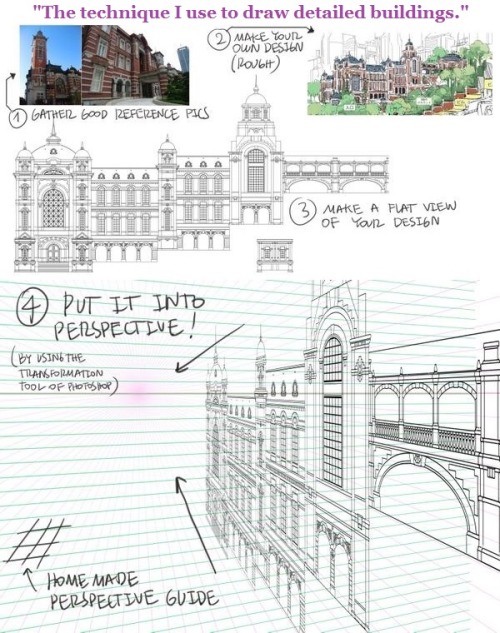
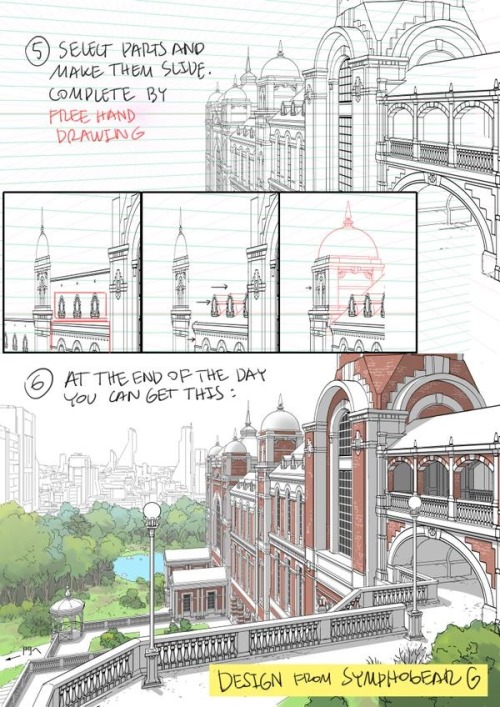




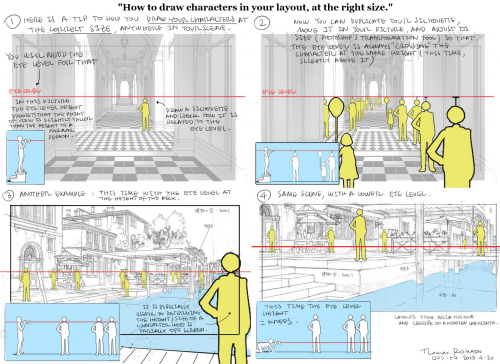
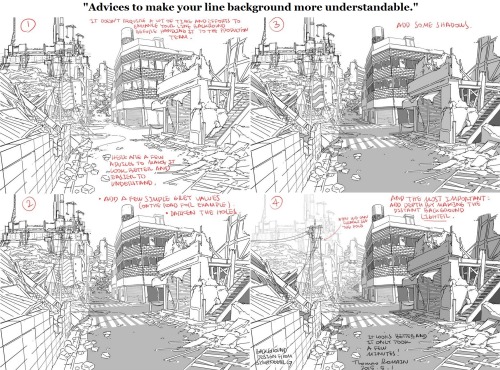
A master post of Thomas Romain’s art tutorials.
There’s not enough space to post all of them, SO here’s links to everything he has posted (on twitter) so far : 1 2 3 4 5 6 7 8 9 10 11 12.
Now that new semesters have started, I thought people might need these. Enjoy your lessons!
-
 topsy-turvy-tip-top-hat liked this · 2 months ago
topsy-turvy-tip-top-hat liked this · 2 months ago -
 thejunkdrawers reblogged this · 2 months ago
thejunkdrawers reblogged this · 2 months ago -
 craftykit1 liked this · 6 months ago
craftykit1 liked this · 6 months ago -
 jo-studs-chaos reblogged this · 10 months ago
jo-studs-chaos reblogged this · 10 months ago -
 peonydarling reblogged this · 1 year ago
peonydarling reblogged this · 1 year ago -
 mmmbopthroughlife liked this · 1 year ago
mmmbopthroughlife liked this · 1 year ago -
 cosmogyral888 liked this · 1 year ago
cosmogyral888 liked this · 1 year ago -
 imikiah reblogged this · 1 year ago
imikiah reblogged this · 1 year ago -
 vialium liked this · 1 year ago
vialium liked this · 1 year ago -
 the-lost-town reblogged this · 1 year ago
the-lost-town reblogged this · 1 year ago -
 yoikami liked this · 1 year ago
yoikami liked this · 1 year ago -
 celiasrefblog reblogged this · 1 year ago
celiasrefblog reblogged this · 1 year ago -
 meitanteiconductorsan liked this · 1 year ago
meitanteiconductorsan liked this · 1 year ago -
 ghostsquid666 liked this · 1 year ago
ghostsquid666 liked this · 1 year ago -
 0rsl liked this · 1 year ago
0rsl liked this · 1 year ago -
 0v0s liked this · 2 years ago
0v0s liked this · 2 years ago -
 97beans liked this · 2 years ago
97beans liked this · 2 years ago -
 kingofredlionsii liked this · 2 years ago
kingofredlionsii liked this · 2 years ago -
 eyes-0f-ender liked this · 2 years ago
eyes-0f-ender liked this · 2 years ago -
 astr0ken reblogged this · 2 years ago
astr0ken reblogged this · 2 years ago -
 supercumulodevirgo liked this · 2 years ago
supercumulodevirgo liked this · 2 years ago -
 dyketemnestra reblogged this · 2 years ago
dyketemnestra reblogged this · 2 years ago -
 dyketemnestra liked this · 2 years ago
dyketemnestra liked this · 2 years ago -
 distortionincarnate liked this · 2 years ago
distortionincarnate liked this · 2 years ago -
 face-warp liked this · 2 years ago
face-warp liked this · 2 years ago -
 mrrmmpht liked this · 2 years ago
mrrmmpht liked this · 2 years ago -
 chomametchi liked this · 2 years ago
chomametchi liked this · 2 years ago -
 seeingspace reblogged this · 2 years ago
seeingspace reblogged this · 2 years ago -
 faeryac liked this · 2 years ago
faeryac liked this · 2 years ago -
 bloodtincture liked this · 2 years ago
bloodtincture liked this · 2 years ago -
 puddingplace liked this · 2 years ago
puddingplace liked this · 2 years ago -
 mmeowzah liked this · 2 years ago
mmeowzah liked this · 2 years ago -
 nidorinas reblogged this · 2 years ago
nidorinas reblogged this · 2 years ago -
 cryptcatz liked this · 2 years ago
cryptcatz liked this · 2 years ago -
 honeysunisle reblogged this · 2 years ago
honeysunisle reblogged this · 2 years ago -
 shibepetter liked this · 2 years ago
shibepetter liked this · 2 years ago -
 mryarra reblogged this · 2 years ago
mryarra reblogged this · 2 years ago -
 queza69 liked this · 2 years ago
queza69 liked this · 2 years ago -
 rappin-drakken reblogged this · 2 years ago
rappin-drakken reblogged this · 2 years ago -
 rappin-drakken liked this · 2 years ago
rappin-drakken liked this · 2 years ago

A side blog where I'll *try* to keep things organised.yeahthatsnotgoingtolastlong
241 posts







